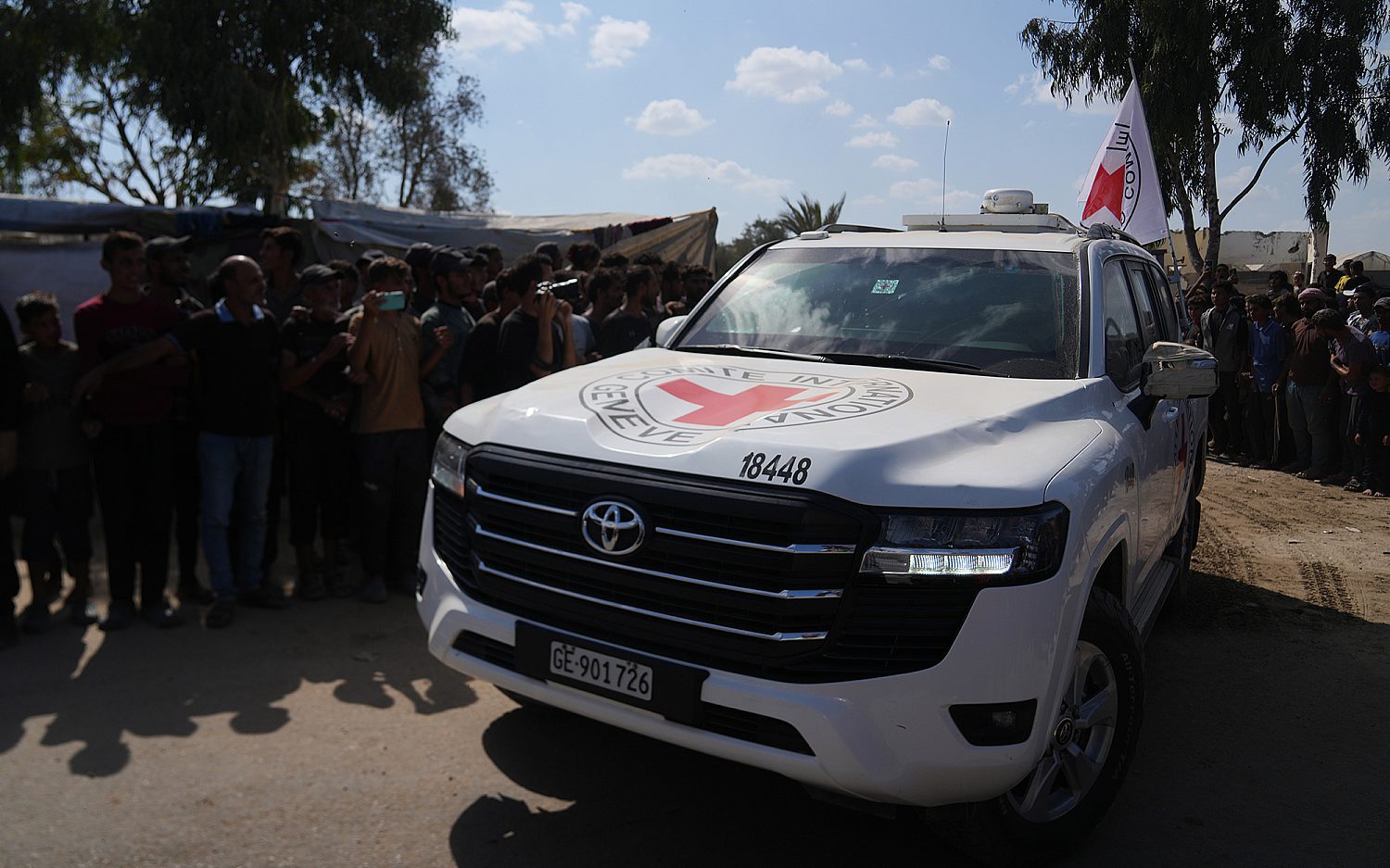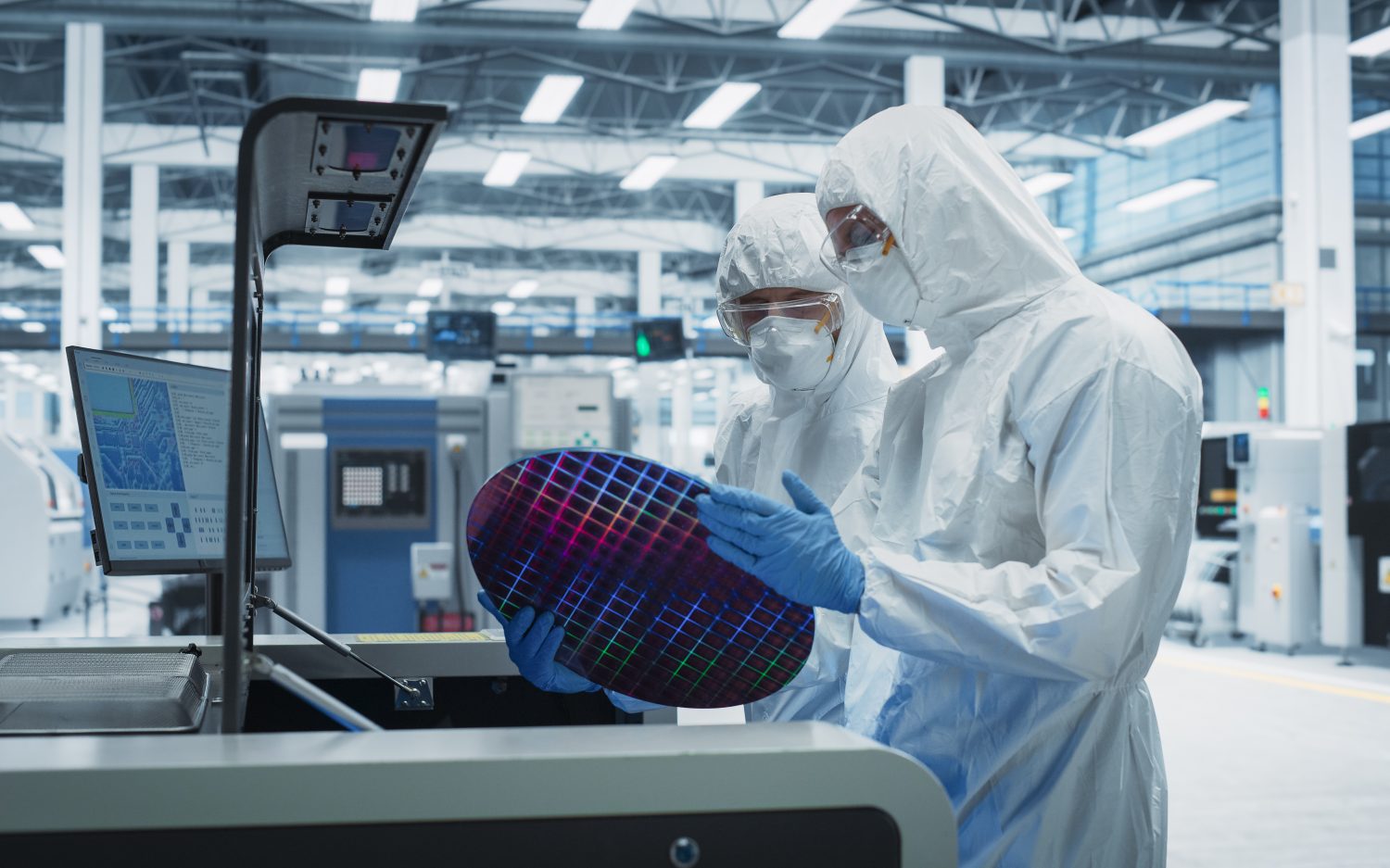Hospitals run short of something almost every patient needs
A nationwide shortage of normal saline, the most common IV fluid used in hospitals, may continue until July.
If oxygen is the air that hospitals breathe, then normal saline, formally known as 0.9% sodium chloride injection, is the water they drink. Patients consume millions of liters of normal saline each week from the ubiquitous plastic bags hanging from IV poles. Normal saline is the first line of treatment for emergency room patients dealing with shock, dehydration, or diabetes; it’s mixed with most IV medicines given to patients; and it’s handy for flushing IV lines, cleaning sterile equipment, and dialysis.
The shortage, which started in January, has forced the Food and Drug Administration (FDA) to approve normal saline imported from a facility in Norway. The FDA has suggested that this year’s worse-than-normal cold and flu season increased demand for the saline solution, but many community hospital pharmacists suspect the problem began on the production lines.“If [normal saline] didn’t meet certain specs and criteria, the FDA had to shut down production,”said Bill Reeves, pharmacy director at National Park Medical Center in Hot Springs, Ark. “When one facility gets back on line, another goes down.”
Only three U.S. companies produce the IV fluid: B. Braun, Baxter, and Hospira. The FDA requires the companies to maintain sterile assembly lines, and when the agency shuts one down, it can take months for the company to get back into production. In the meantime, the others don’t have the capacity to keep up with demand. As a medical product with a finite shelf life, normal saline can’t be overproduced and stockpiled.
When this year’s flu season arrived, manufacturers were already behind the curve. “Although they were trying to meet that demand and all three major manufacturers were in full production, they were not able to do so,”FDA spokesperson Valerie Jensen said in a February interview with Medscape.
Hoarding may also contribute to the problem. “Gray market”scalpers are buying up as much as they can and charging up to $15 a liter for what normally costs only $3. While hospitals resist going that route, ambulance services that are not prioritized by the regular manufacturers may have little choice. Community hospitals also are using every opportunity to stock up in fears of a more severe shortage. “When we first found out about the shortage, we tried to purchase all that was available,”said Debbie Spann, pharmaceutical buyer for the Hot Springs hospital.
Hospitals are looking for other ways to make up the deficit. Some are substituting normal saline with Lactated Ringer’s solution, diluting concentrated saline, or placing special orders at compounding pharmacies to make small batches of normal saline. But those replacements are becoming scarcer themselves.
Drug shortages were rare just five years ago, but today they are becoming commonplace.
Pharmaceutical companies drop older drugs that are no longer profitable, leading to a diminished supply. Shortages occur, and prices skyrocket.
For now, hospitals are just trying to make do, said Reeves:“We have been able to stay on top of it, but we use so much of [normal saline] we have gotten so dependent on it. It is hurting.”
An actual newsletter worth subscribing to instead of just a collection of links. —Adam
Sign up to receive The Sift email newsletter each weekday morning for the latest headlines from WORLD’s breaking news team.




Please wait while we load the latest comments...
Comments
Please register, subscribe, or log in to comment on this article.